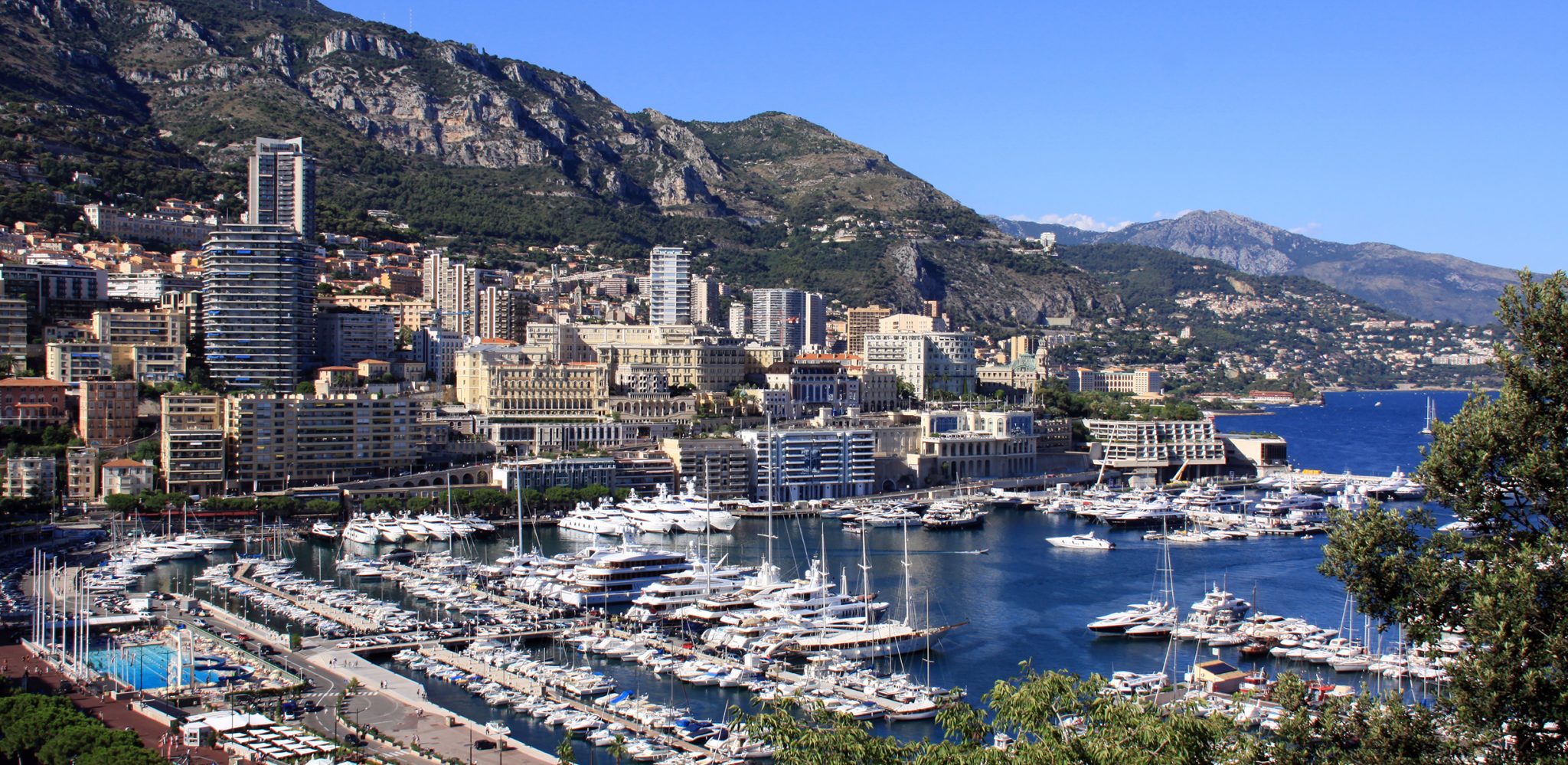It’s hard to avoid the reality that the top stratum of the artworld has detached itself entirely – and isn’t even bothering to wave goodbye
Looking back at how the artworld has changed in recent years, we have to thank the super-rich for their patience. Consider this: a decade ago, even if you were disgustingly wealthy, you might still have to schlep into one of a handful of key cities to see art, even if to a one-stop fair – while you’d really rather be in your opulent mansion, maybe in a tax haven, far away from where art is generally shown. Mega-gallerists, though, increasingly determined to shield the prosperous from pain, recognised that such people have enough problems already – what to spend their billions on, how to pay zero tax, what the golf courses will be like on Mars – and started anteing up.
In 2012, you’ll remember, Gagosian opened his space in Le Bourget, Paris, next to the city’s main private airport; since then, such conveniently located places to impulse-spend a few hundred thousand have become normalised. Those passing through Gstaad’s own private airfield on the way to the region’s powdery slopes now have Larry’s and Iwan’s minions waiting for them. In 2015 – perhaps inspired by the first-rate business Thaddaeus Ropac has done for years out of being a schnitzel’s toss from Salzburg’s elite classical music festival – White Cube set up a pavilion at Glyndebourne. In 2018, Hauser & Wirth opened in St Moritz, a blessing I’ve counted every time I’ve happened to be there since. And of late, thanks partly to the pandemic, the deluge: after opening bijou high-street spaces in whatever quaint little Hamptons burg appeared most riddled with one-percenters who’d fled the city, the best-heeled galleries found the energy to set up in similarly high-net-worth-friendly Menorca, or Aspen, or Monaco. These choices, in turn, testify to a developing accord that an art hub can exclude everything about a fertile art scene except smooth transactions between seller and buyer.
If this is a game of chess, there are only so many more moves prior to endgame. Where do you go when you’re already on the golden doorstep, as it were? You’ve already made the art as obvious and samey as possible. Your collectors are saving a fortune in shoe leather, but you’ve still got some product to shift. Not to give anyone ideas, but one mightn’t be too surprised to hear stories of gallery owners bribing domestic staff in order to mount pop-up shows in the chosen billionaire’s breakfast room; or covertly carving out a subterranean viewing space under someone’s perfectly manicured front lawn and, from below, thinning the earth beneath a section of turf where the hyper-loaded owner likes to stop and smell the roses. If you camped out in a nearby tree until your precious fat-pocketed snow leopard emerges, you could shoot him with a tranquiliser dart and wake him up in a white room, manacled to an Anselm Kiefer sculpture, having thoughtfully pre-slotted his black Amex into a card reader. Take down that Eurocopter headed for Nice with a surface-to-air missile and, assuming they aren’t broken into too many chunks, you could have that recalcitrant buyer stuffed and mounted as a warning to others. Well, a boy can dream; and it makes for a pleasant distraction while you’re otherwise starting to feel a bit sad, as an art plebeian.
Because it’s hard to avoid the reality that the top stratum of the artworld has, by now, detached itself entirely and isn’t even bothering to wave goodbye. William S. Burroughs famously described the theme of his 1959 novel Naked Lunch as ‘the frozen moment when everybody sees what’s on the end of every fork’, and what’s on the end of every fork here is: nothing much for you, non-rich person who’s nevertheless interested in art, maybe even art that happens to be expensive. Mourn it or don’t, there are simply going to be more shows many of us will now never see – a transition that digital-only shows helped to smooth – because, really, who goes to Monte Carlo and Gstaad? The consoling symmetry, nevertheless, is that the more this gilded nosecone recedes from view, blasting into the generally inaccessible empyrean, the less interesting and necessarily more risk-averse its contents probably are anyway. If this progression reaches its logical next stage in financial terms, rather than the scenarios outlined above – that is, megagallerists discover that they can do all their business in these fancy enclaves, or enough to encourage them to divest of pricey metropolitan real estate where curious civilians can visit, and abandon any pretence of contemporary art’s democratic foundation – then it’s questionable how depressing it will be. Let’s say you can’t witness, in the flesh, the latest unpredictable development in the career of Mark Grotjahn – you might miss the yuks, sure, but then again, you can probably get those from the online viewing room. Assuming you’re allowed in.
